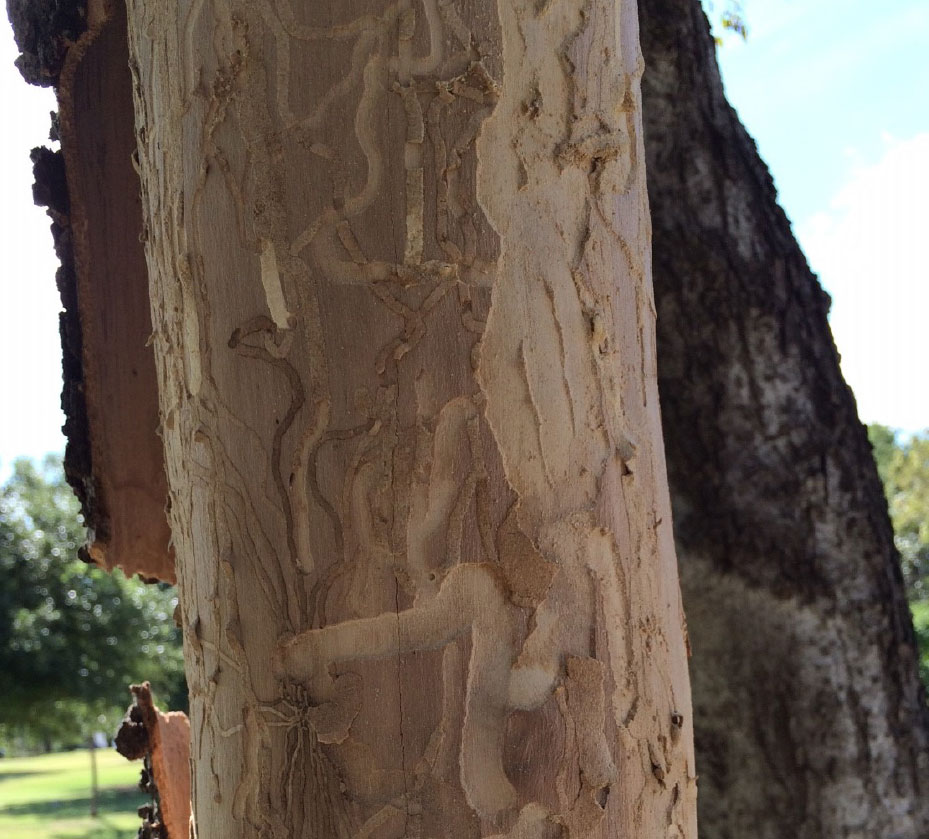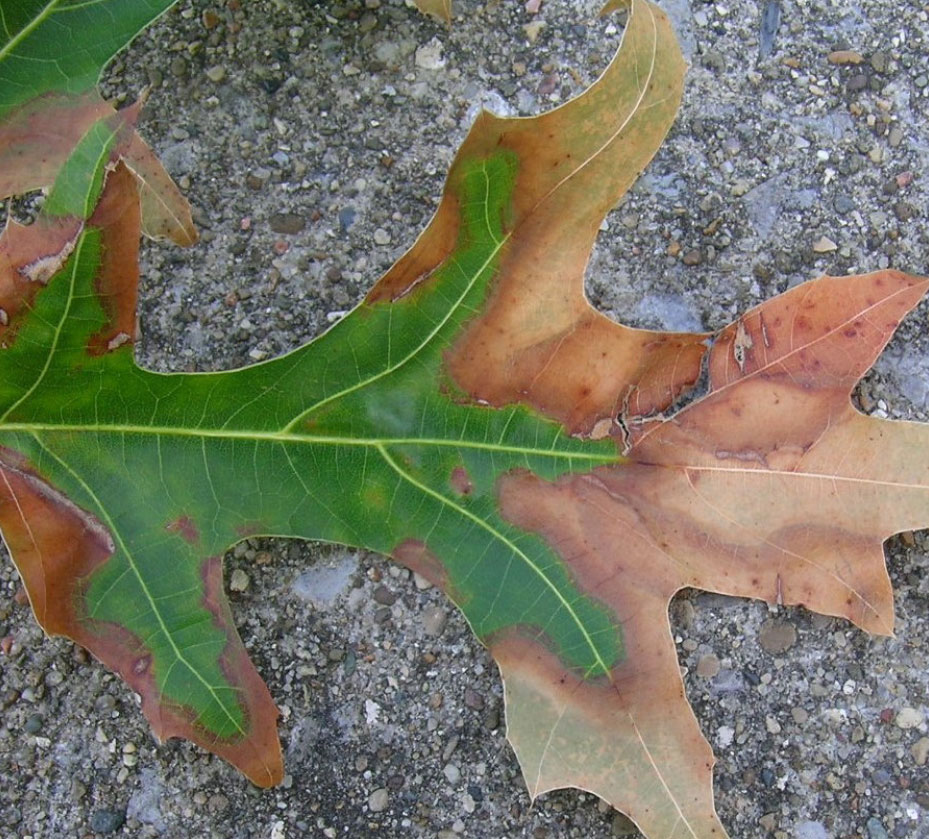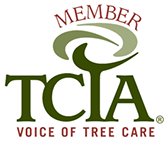![]() 817-656-8733
817-656-8733
REQUEST SERVICE
REQUEST SERVICE
Alpine Tree Service provides detailed pruning and removal estimates free of charge to our customers. We will examine the trees and make appropriate recommendations for their maintenance based on your individual needs. If you would like an in-depth and specialized assessment of your trees or need help with sick trees, we offer these services on a consultative basis for a reasonable fee.
Please call us directly or complete a form to contact a representative. All inquiries will be answered promptly. To complete a form, CLICK HERE

For expert assistance with tree and plant care in Southlake or surrounding areas, contact Alpine Tree Service today! We hold an A+ rating with the Better Business Bureau, are members of the International Society of Arboriculture and the Tree Care Industry Association, and winners of 12 consecutive Angie’s List Super Service Awards.
Consultations
What is included:
- On-site time with Arborist
- Thorough site inspection with holistic approach for plant health issues
- Assess sick trees
- Evaluate trees for pruning needs
- Answer client questions about trees/landscape
- Provide work estimates
- Referrals for work out of company scope
Also available:
- Tree risk assessments
- Tree inventories
Request Service
Call today or request online. If it's after business hours we'll be in touch the next business-day morning. To make an appointment CLICK HERE
Common Pests and Diseases of Trees in North Texas


























